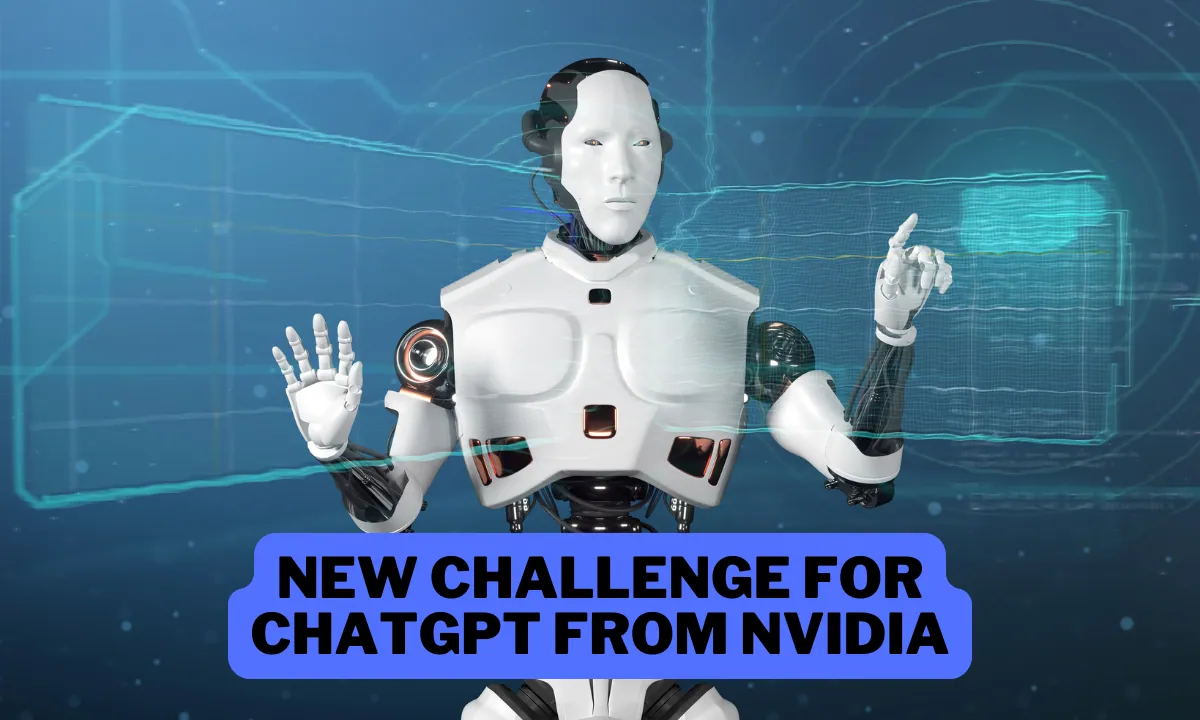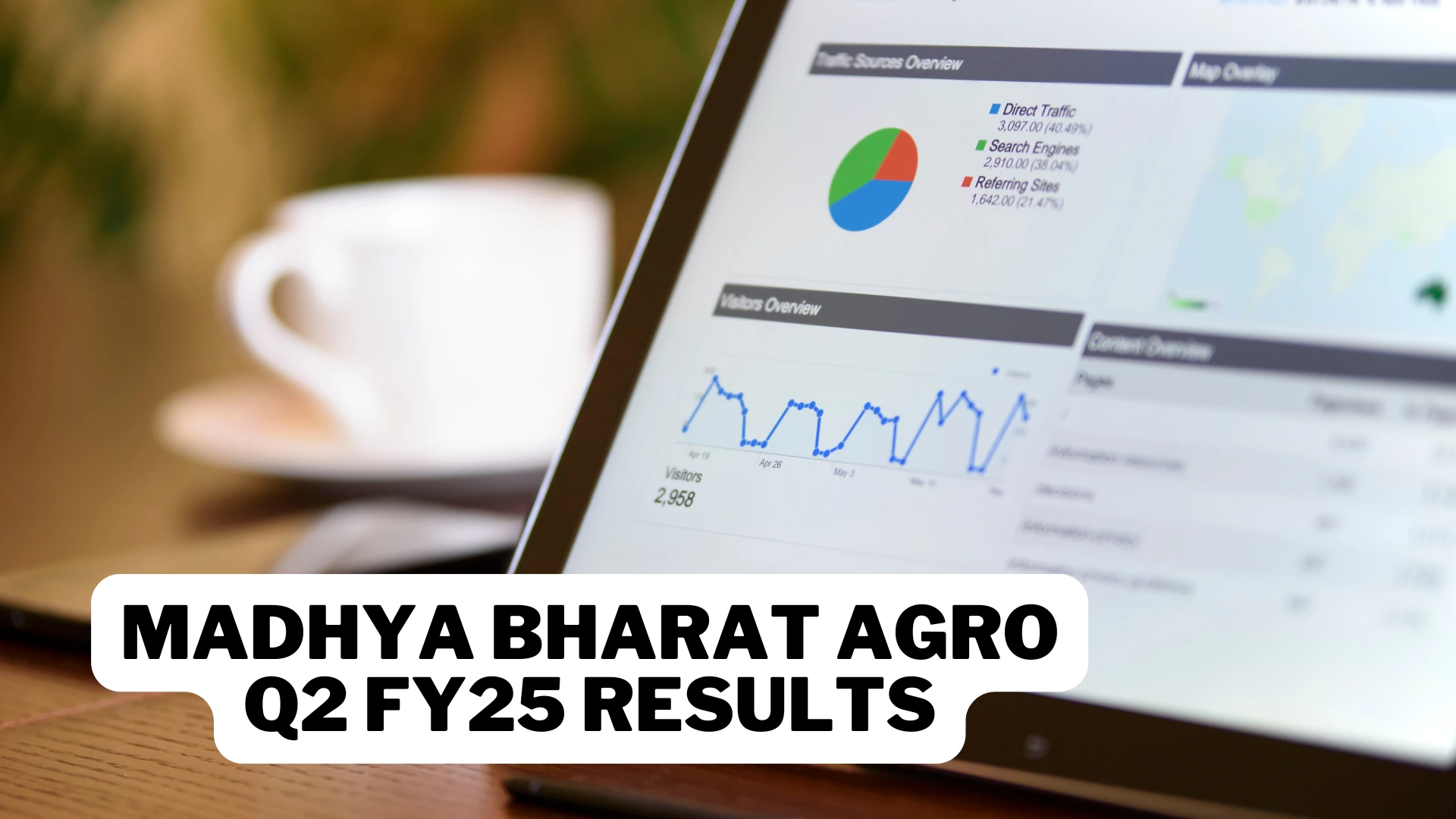The AI revolution is in full swing, and two key players are driving the narrative: OpenAI’s ChatGPT and Nvidia, the world’s most valuable tech company.
While OpenAI is known for its generative AI capabilities and widely popular chatbot ChatGPT, Nvidia has recently made waves by unveiling a formidable rival to ChatGPT.
This marks a significant shift in the generative AI landscape, as Nvidia has introduced its NVLM 1.0 family of models, positioning itself as a serious contender in the race.
What Sets OpenAI and Nvidia Apart?
OpenAI has gained widespread recognition for its cutting-edge generative AI technology, which powers ChatGPT.
This chatbot has become synonymous with AI-driven natural language processing, capable of answering questions, generating content, and even holding conversations like a human.
Nvidia, on the other hand, is best known for its hardware—specifically its powerful graphics processing units (GPUs) that serve as the backbone for many AI systems, including those at OpenAI.
However, Nvidia’s ambitions now extend beyond hardware as it forays into generative AI models.
In October 2024, Nvidia shifted the AI landscape by announcing the launch of its NVLM 1.0 family, a suite of multimodal language models that rival OpenAI’s GPT-4o.
This launch is notable because Nvidia’s models can compete directly with ChatGPT in terms of capabilities. But Nvidia isn’t just replicating OpenAI’s approach—it’s charting its unique path.
Nvidia’s Distinct Strategy: Open-Source and Developer-Centric
Unlike OpenAI, which has focused on creating a highly publicized chatbot, Nvidia is not venturing into chatbot creation just yet. Instead, Nvidia has taken a developer-first approach.
Rather than releasing a standalone chatbot like ChatGPT or Google’s Gemini, Nvidia has chosen to open up its generative AI models to developers, enabling them to build their own AI applications on the NVLM platform.
This strategy could prove revolutionary, as it empowers the global developer community to use Nvidia’s cutting-edge technology to create new AI tools, apps, and systems.
In a bold move, Nvidia has made the weights and training code for NVLM 1.0 public, embracing the open-source philosophy.
This decision could lead to a wave of innovation, as developers worldwide now have access to Nvidia’s state-of-the-art AI model to integrate into their projects.
In its official paper, Nvidia explained, “We introduce NVLM 1.0, a family of frontier-class multimodal large language models (LLMs) that achieve state-of-the-art results on vision-language tasks, rivaling the leading proprietary models like GPT-4o and other open-access models.”
A New Contender in Vision-Language AI Tasks
What truly sets Nvidia’s NVLM 1.0 apart is its performance in vision-language tasks—an area where AI models interpret and generate text related to images.
This includes identifying people, animals, and objects in pictures, as well as providing contextually accurate responses.
For instance, Nvidia’s model was able to explain the humor behind a meme, a nuanced task that requires a deep understanding of context and culture.
This level of interpretive ability distinguishes Nvidia’s AI from ChatGPT. While both models excel in generating and processing text, Nvidia’s AI demonstrates a more advanced capability when it comes to blending vision and language tasks.
Nvidia’s AI Outperforms in Key Benchmarks
In Nvidia’s benchmark tests, its NVLM 1.0 family of models has shown the ability to outperform leading generative AI systems, including OpenAI’s GPT-4o and Google’s Gemini Pro, in several areas.
Nvidia’s AI demonstrated impressive results in specific tasks, particularly in solving complex mathematical problems, where it was on par with Meta’s Llama AI.
For a first-generation model, this is a remarkable feat. The ability to match, and in some cases surpass, established players like OpenAI and Google indicates that Nvidia’s AI has immense potential.
As the technology matures, we can expect Nvidia to push the boundaries of generative AI even further.
The Open-Source Advantage: A Game-Changer for Developers
What truly excites the AI community is Nvidia’s decision to make NVLM 1.0 open-source. By sharing the model’s architecture, weights, and training code, Nvidia is inviting developers to collaborate, customize, and create their own AI systems.
This openness could accelerate AI innovation across industries, from healthcare to finance, as developers build solutions tailored to their specific needs using Nvidia’s technology.
However, this open-source approach also has its downsides. For everyday users of AI chatbots, like ChatGPT, Nvidia’s strategy may feel less accessible.
Nvidia has no immediate plans to release a consumer-facing chatbot, leaving developers and enterprises to harness the power of NVLM 1.0 on their own.
For now, regular users will have to wait and see what the developer community creates using Nvidia’s tools.
What Does the Future Hold for Nvidia and AI?
While Nvidia is not directly challenging ChatGPT with its chatbot, its decision to empower developers with cutting-edge AI tools could have long-term ramifications for the industry.
By focusing on open-source collaboration, Nvidia is fostering a decentralized approach to AI development, where the power to innovate is in the hands of many, not just a few companies.
This approach could lead to a wide range of applications that go beyond the scope of traditional chatbots, from AI-driven medical diagnostics to advanced autonomous systems.
Developers worldwide are now armed with Nvidia’s state-of-the-art models, and it’s only a matter of time before new AI-powered tools and platforms emerge.
In conclusion, Nvidia’s NVLM 1.0 marks a significant new chapter in the ongoing AI race. While ChatGPT remains the go-to chatbot for many, Nvidia’s bold open-source approach could reshape the way we interact with AI in the years to come.
With a focus on empowering developers and fostering innovation, Nvidia is positioning itself not just as a competitor to ChatGPT, but as a game-changer in the broader AI ecosystem.










